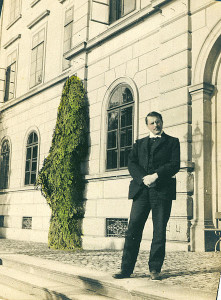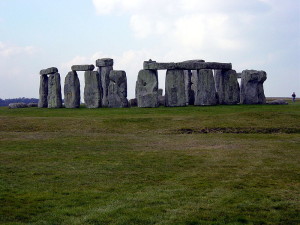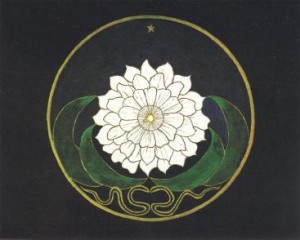 While you may be familiar with Freud who believed the force behind psychological things was sexual, Carl G. Jung shared this generation but had beliefs of his own. Jung (1875-1961), was a psychologist and psychiatrist who found that personalities of both the conscious and unconscious mind were formed by symbolic archetypes living within. It was these archetypes that ultimately gave birth to mankind.
While you may be familiar with Freud who believed the force behind psychological things was sexual, Carl G. Jung shared this generation but had beliefs of his own. Jung (1875-1961), was a psychologist and psychiatrist who found that personalities of both the conscious and unconscious mind were formed by symbolic archetypes living within. It was these archetypes that ultimately gave birth to mankind.
If you are familiar with Jung’s philosophies, you know that he is deemed responsible for extrovert and introvert personality classifications including think, feel, sensation and intuition. Jung suggested the balance between conscious and unconscious minds was essential for the well-being of one’s soul. All humans hold collective or global consciousness which are inherited through the generations from the beginning. In the Jungian world, archetypes are essentially personality templates.
When in your dream state, primordial images are offered through thought may vary depending on your culture. Just as a bird creates a nest, instinctive ways, based on senses, are portrayed in choices made in everyday life. Symbolic images which have been represented in ancient art in every culture reflect universal myths of creation, god-man relationships and endless other legends. These are all considered Jungian archetypes as well.
It is common that those you draw into your life have similar idealist tendencies as you. Regardless of culture, throughout mythology, three constants have been animals, circles and stones as these are elements of the collective consciousness. Animals are spiritual guides and power figures to Native Americans, Romans and even Americans as the eagle is the country’s symbol. Buddhist and Hindu traditions hold circles sacred such as the mandala and stones have symbolized a variety of occurrences. Stonehenge is an example, very symbolic to ancient Baltic people or you can evaluate Jacob’s actions in the Jewish Tradition. When God spoke to Jacob, he laid a circle of stones in his dream. Human instincts are depicted in all of these cases.

Stonehenge
Mandalas were viewed as basic patterns for the fantasy life and dream state to Carl Jung. They represent eternal creation, eternal mind, formation and transformation. Jung discovered that while you walk among the mandala’s outer circle, it is the center that holds you captive to reach a harmonious balance with the universe. The deity lives in the mandala’s center. As you mentally create your own mandala, various images are generated causing a biochemical reactor in your consciousness to end suffering while achieving enlightenment.
The renowned Mandala of Two Realms is created through the combination of Five Buddhas and the Five Kings. Native American mandalas offer good health, joy and prosperity while a Jungian Mandala draws you into your center by following the symbols within its consciousness.
The Jungian Mandala offers lost knowledge of:
1. As your soul grows form one initial form to another from infancy to manhood, hero myths play key roles in your journey.
2. Quaternity (four-part) is essentially one’s symbol of wholeness.
3. You are able to grow to a higher level of understanding as you hear your unconscious from self-realization that has fed individualization.
4. Your persona is your mask that allows you to show the world what you are good at.

Mandala made by a Jung’s unknown patient before 1929
Carl Jung is known for this depth and understanding of mankind’s conscious and unconscious minds. He realized that there is a bond within that can never be broken. Religions, rituals and ceremonies parallel your birth, existence and death. Just as your life creates one big symbol, it is this symbol that you pass onto the next to live again.
Article by Epouna
www.meaningofmandalas.com
Images from Wikimedia Commons
——————————————————————————————————–
I look forward to your thoughts and comments!
Be sure to Subscribe to this blog either by RSS or Email via the forms on the top right column of the page.
